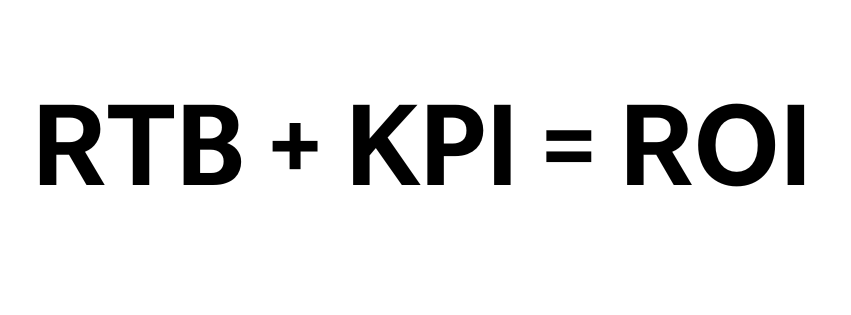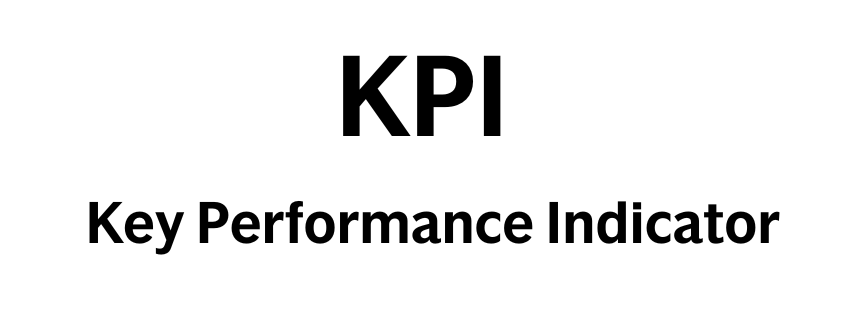Establishing your RTB, KPIs, and ROI for Marketing plan and Strategy
In marketing, it’s essential to understand the basics that drive success. Three key elements are Reason to Believe (RTB), Key Performance Indicators (KPIs), and Return on Investment (ROI). These help in creating strong campaigns, measuring their performance, and evaluating their success.
Reason to Believe (RTB): Why We Market
Reason to Believe (RTB) is about why customers should trust and buy your product or service. It’s the foundation of your marketing activity and explains why your product is worth it. To create a strong RTB:
- Understand Customer Needs: Know what your customers want and how your product meets those needs.
- Build Trust: Use testimonials, case studies, and your brand’s reputation.
- Communicate Value: Clearly explain the benefits and unique points of your product or service.
Creating a Strong RTB
- Highlight Unique Selling Points (USPs): Show what makes your product better than others.
- Use Social Proof: Include customer reviews and endorsements.
- Show Benefits: Explain how your product solves problems or makes life better for your customers.
Key Performance Indicators (KPIs): Measuring Success
Key Performance Indicators (KPIs) are metrics that help you measure the success of your marketing campaigns. They show how well your strategies are working and where you might need to improve.
Choosing the Right KPIs
Some common KPIs in marketing are:
- Conversion Rate: The percentage of visitors who take the desired action, like making a purchase.
- Customer Acquisition Cost (CAC): The cost of getting a new customer.
- Customer Lifetime Value (CLV): The total revenue you can expect from a single customer over time.
- Engagement Metrics: Measures like click-through rates (CTR), likes, shares, and comments.
Using KPIs Effectively
- Align with Goals: Make sure your KPIs match your business goals.
- Track Regularly: Monitor KPI performance to see trends and make informed decisions.
- Adjust Strategies: Use KPI data to refine your marketing tactics.
Return on Investment (ROI): Evaluating Worth
Return on Investment (ROI) measures the profitability of your marketing efforts. It compares the returns to the costs. A high ROI means good returns compared to the investment, while a low ROI suggests changes might be needed.
Calculating ROI
ROI=(Net ProfitTotal Investment)×100\text{ROI} = \left( \frac{\text{Net Profit}}{\text{Total Investment}} \right) \times 100
Maximizing ROI
- Optimize Spend: Focus resources on the most effective channels.
- Improve Targeting: Use data to reach the right audience with relevant messages.
- Boost Conversion Rates: Enhance the customer journey to increase conversions.
Bringing It All Together
By integrating RTB, KPIs, and ROI, you can create effective marketing campaigns. This approach ensures your marketing activities are grounded in a strong RTB, measured accurately with KPIs, and evaluated for success with ROI.
- Start with a Clear RTB: Make sure every marketing activity has a strong reason behind it.
- Measure with KPIs: Track performance and gain insights.
- Evaluate with ROI: Regularly check if your investments are paying off and adjust as needed.
Following this method helps build strong campaigns, maintain customer trust, and achieve long-term success.



